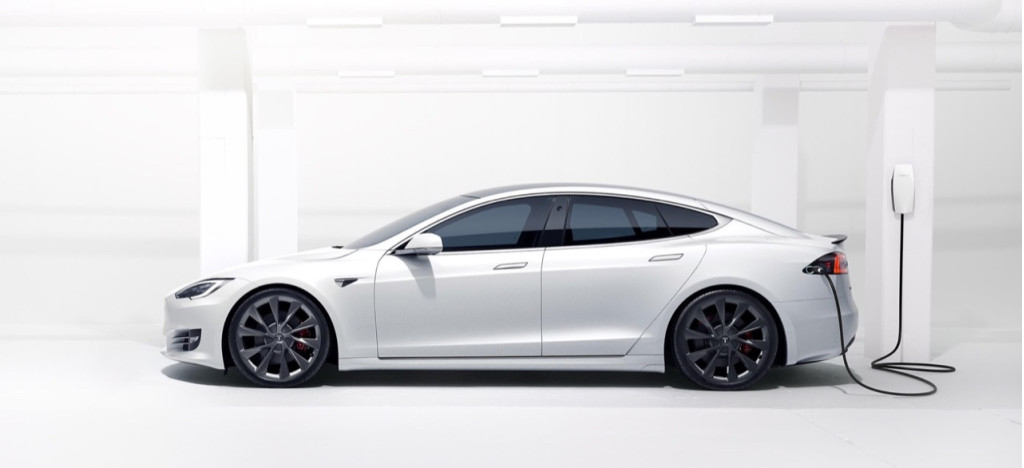Tesla has been vague on how its vehicles estimate driving range, but a recent social media post provides a bit of clarity.
A recent post from the automaker's official account on X, the social media site previously known as Twitter and now owned by Tesla CEO Elon Musk, lists a number of factors that Tesla's navigation system takes into account when estimating whether enough range is available to reach a given destination.
The list includes environmental factors like wind speed and direction, ambient temperature, and humidity and pressure. Cold weather affects each EV model differently, studies have found, but the heat pumps installed on newer Tesla models definitely help.
Your car does the math for you.
When calculating a route & battery % on arrival, Tesla navigation takes into account:
- Wind speed & direction
— Tesla North America (@tesla_na) November 14, 2023
- Elevation/grade
- Traffic speed
- Avg acceleration/deceleration
- Ambient temperature
- Humidity & pressure
- Solar load & cloud… https://t.co/nTDJczTthu pic.twitter.com/gbt6PCFIH7
The navigation system also factors in driving behavior, measuring speed and average acceleration and deceleration. And it takes into account things like climate control use, and the battery pack's initial temperature and charge use.
Aerodynamic factors—like whether a bike rack is attached—and estimated rolling resistance are also considered. Stickier and wider tires can make a big difference on range, because of increased rolling resistance and aerodynamic drag.
Tesla's native navigation and trip planning have made trip planning far easier. But now with the addition of EV trip planning through Apple Maps, for instance, drivers now have more options. Just don't be so sure that those can tap into all of Tesla's factors listed above.

Tesla charging
Note that this post only discusses range estimates for Tesla navigation systems. Tesla is less straightforward when describing what you see when you're in the car, not using navigation but instead just following the range estimate you see on the vehicle interface.
The Model 3 owner's manual states that range estimates displayed on the dashboard are based on EPA-rated energy consumption and may not account for "personal driving patterns or external conditions." The manual also cautions that "the displayed range on the touchscreen may decrease faster than the actual distance driven" and advises drivers open the Tesla Energy app to view range estimates based on recent energy consumption.
A Reuters report earlier this year alleged that Tesla equipped vehicles with misleading range displays and then suppressed owner complaints about not meet range estimates. The report alleged that Tesla programmed displays to show more optimistic estimates when cars were fully charged, and more realistic estimates at lower states of charge. It then allegedly created a special team to cancel customer appointments at service centers if they were related to range complaints.












